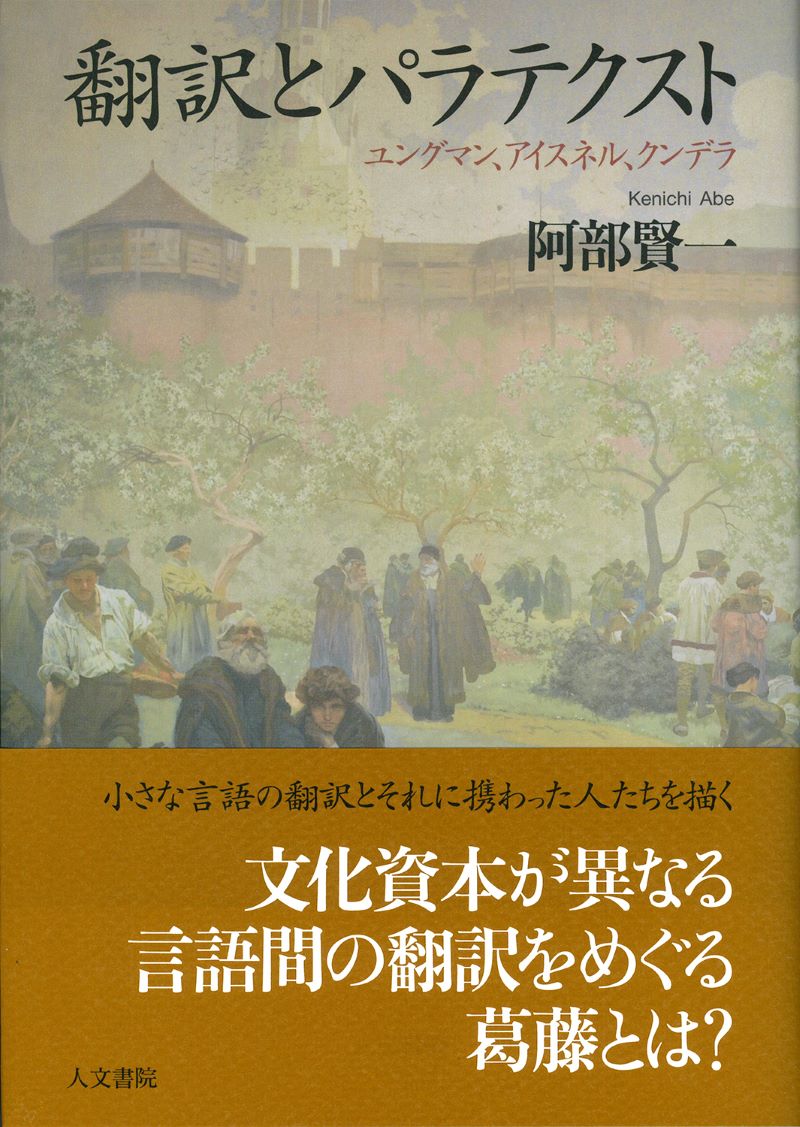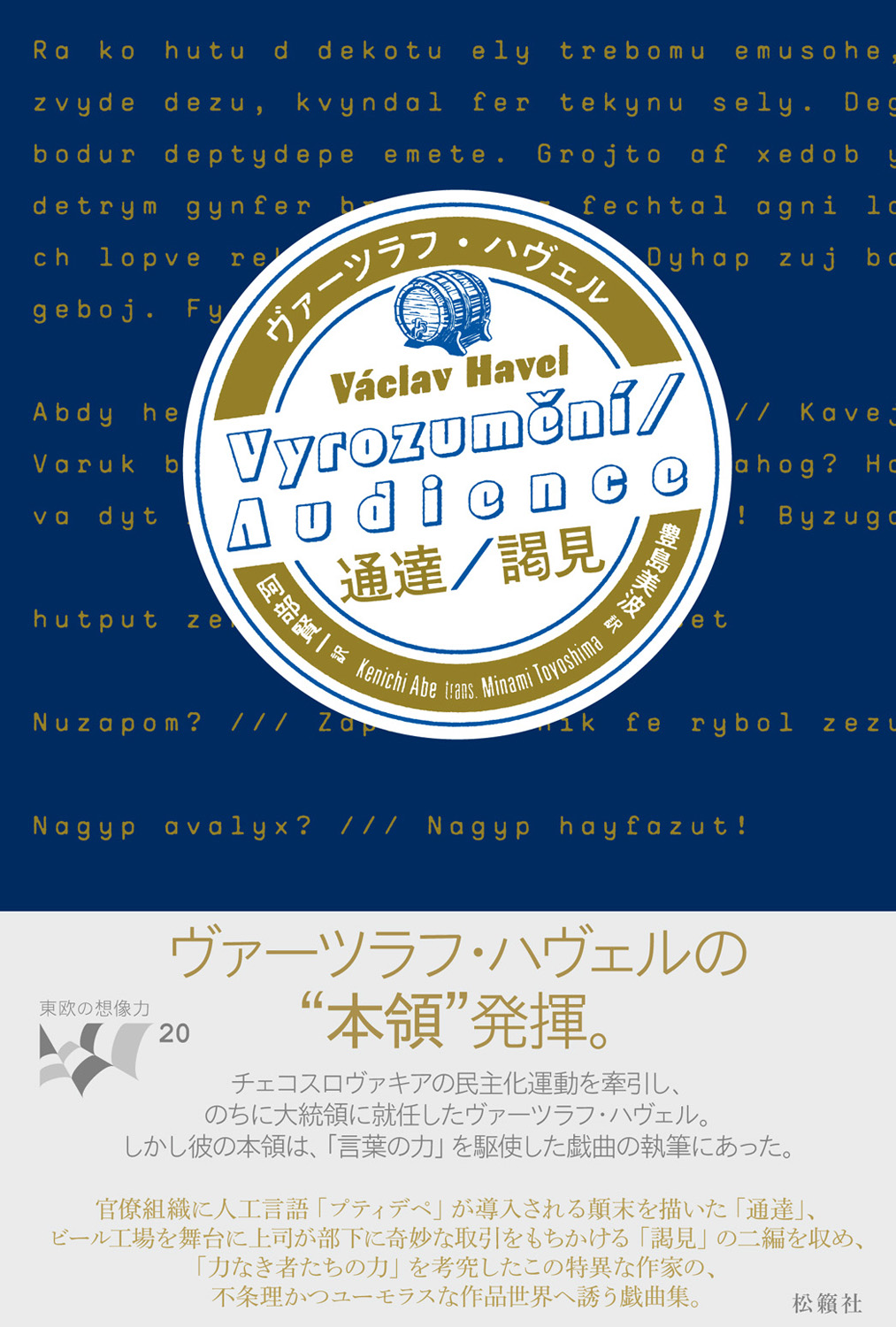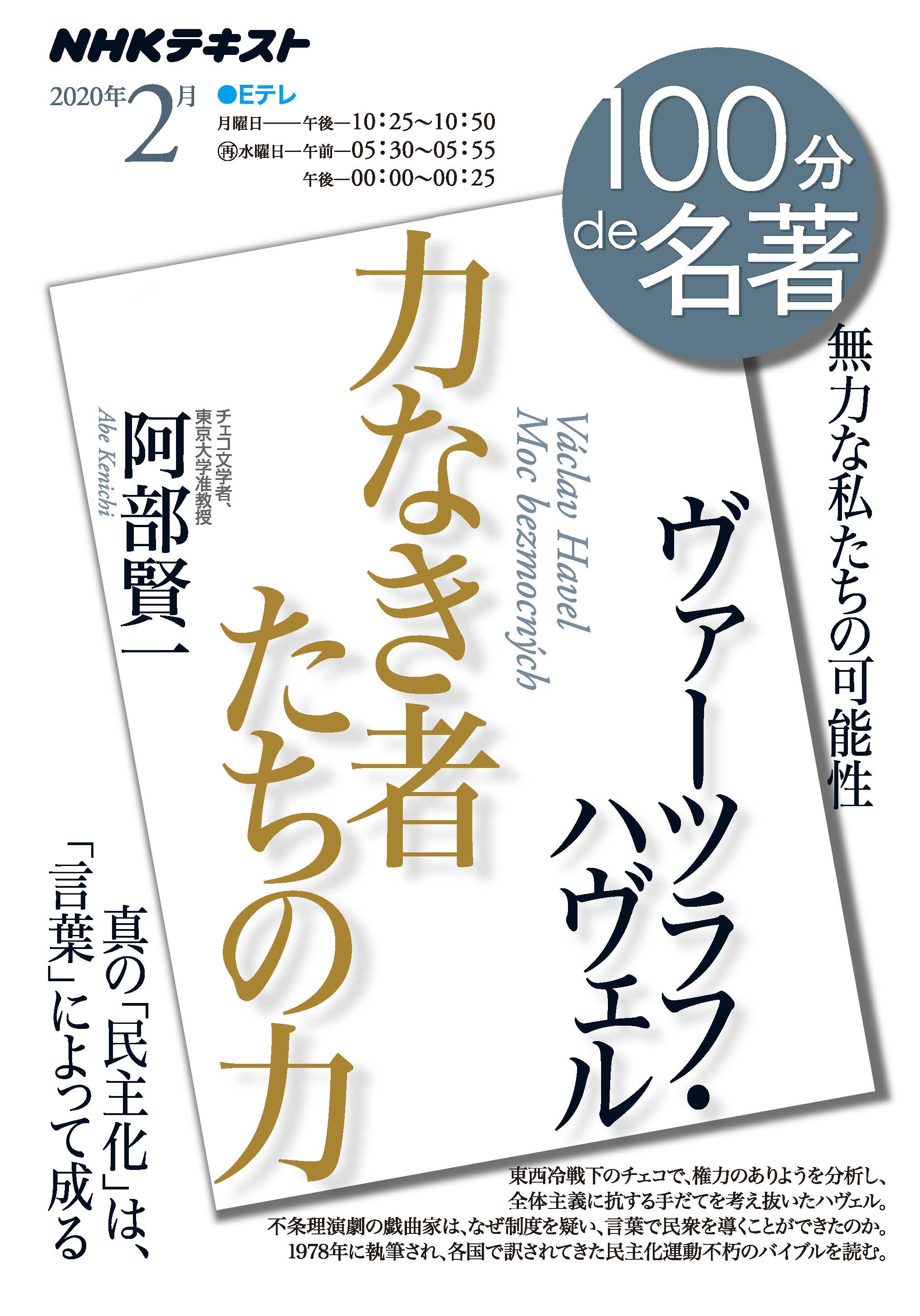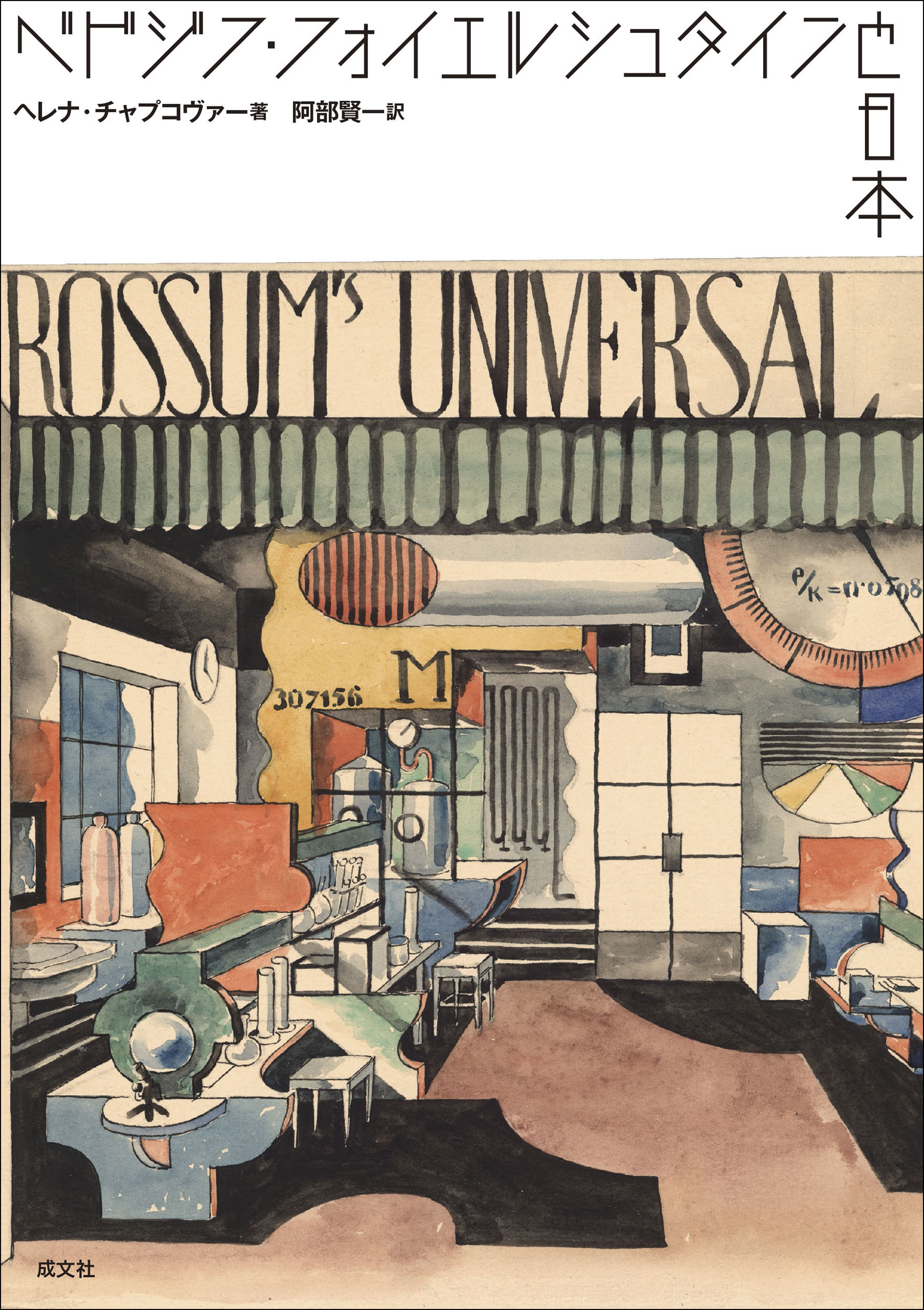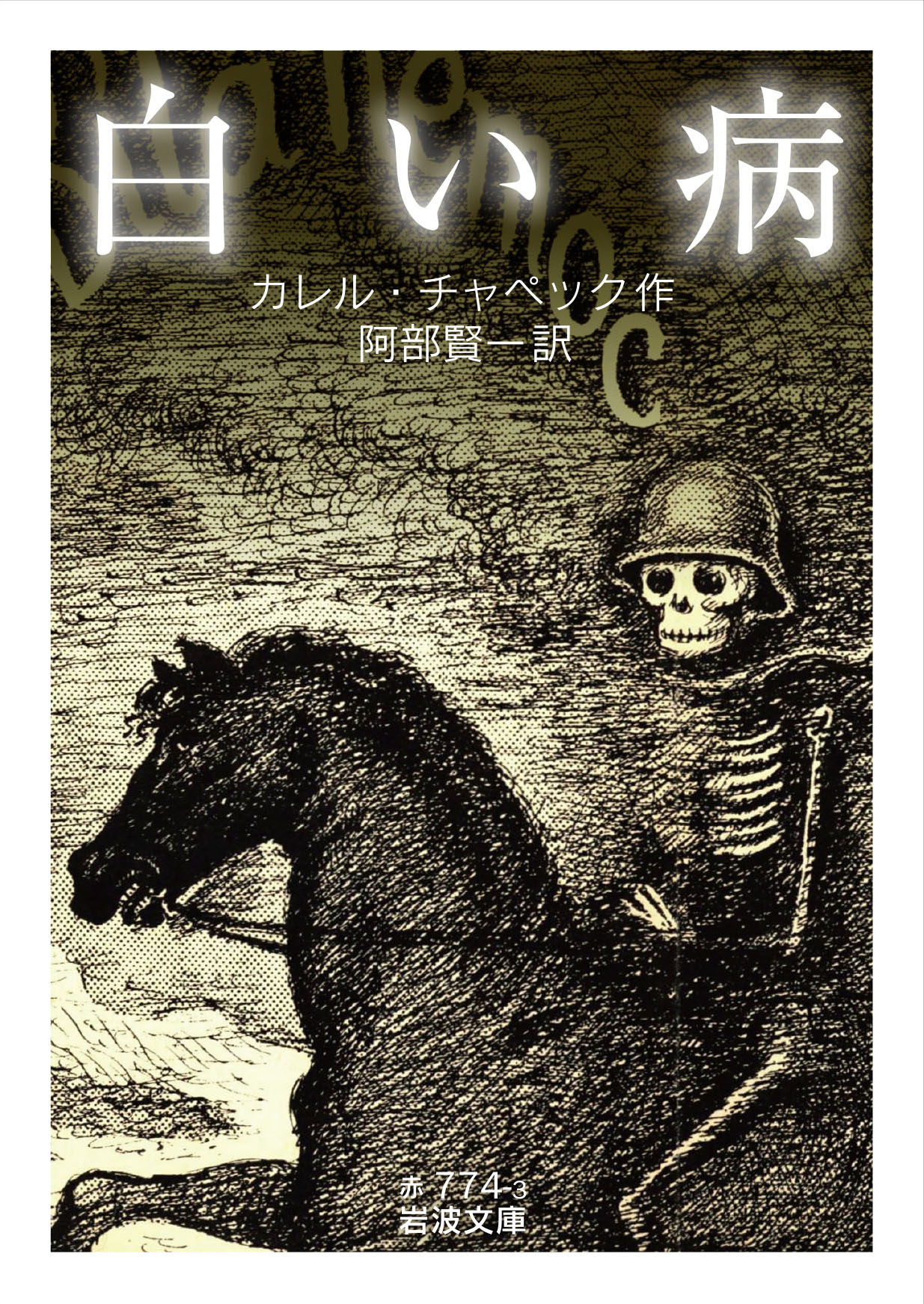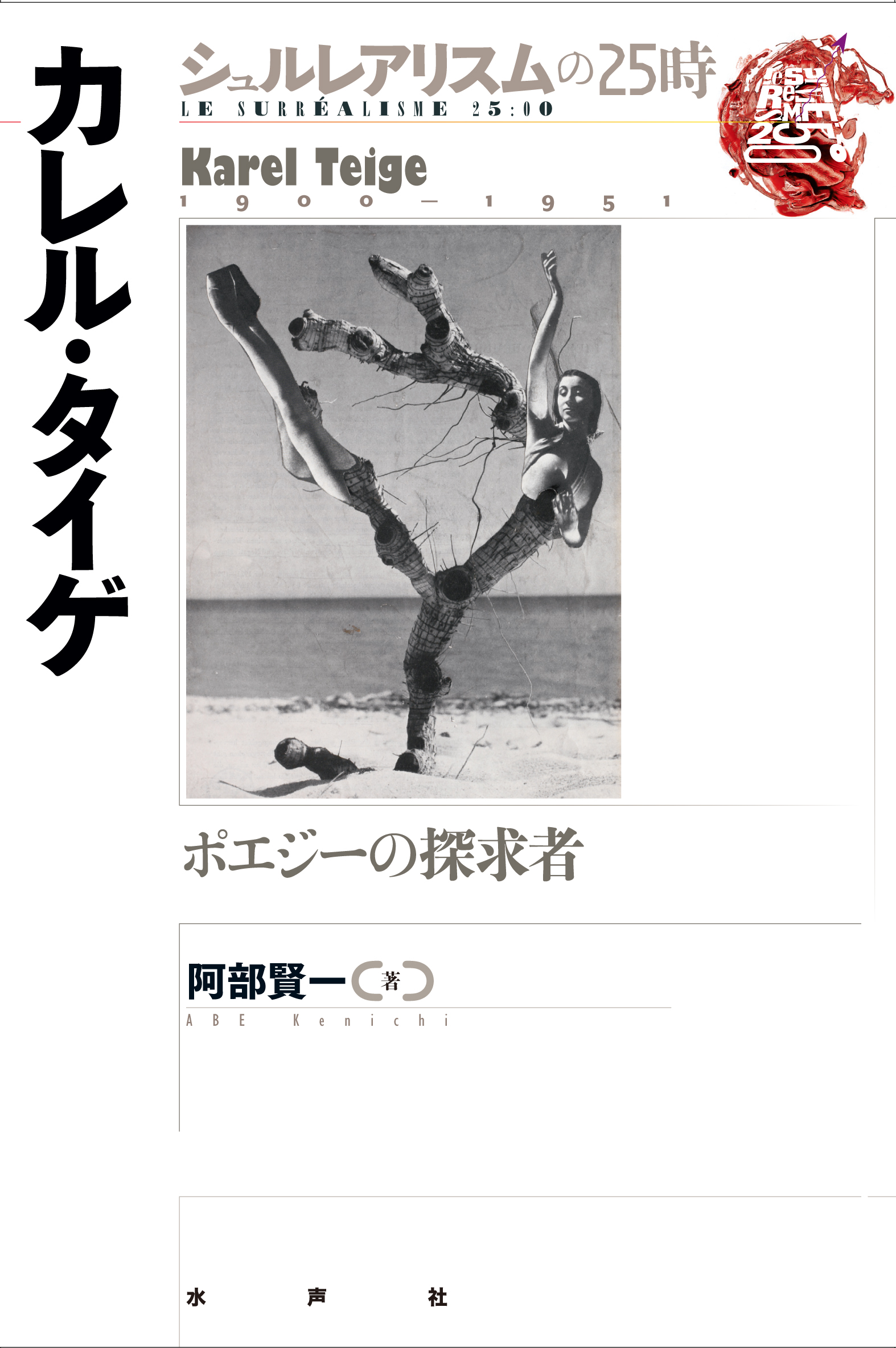
Title
Karel Teige: Poezii no tankyusha (Karel Teige: the surrealist who pursued the poiesis)
Size
340 pages, 127x188mm, hardcover
Language
Japanese
Released
December 19, 2018
ISBN
978-4-8010-0301-9
Published by
Suiseisha
Book Info
See Book Availability at Library
Japanese Page
This book discusses what “poiesis” meant for Karel Teige, the central figure of the Czech avant-garde movement. In doing so, the book surveys the Czech avant-garde movement, especially Czech surrealism. When we talk about surrealism, most of us would be reminded of the phenomenon in Paris. However, the surrealism in Prague has a unique position in history. The Surrealist Group was formed in Czechoslovakia in 1934, and continues to exist and act till date. There has been no continuous activity of this sort in the avant-garde movement, other than in Prague.
The book examines the Czech avant-garde movement and surrealism, especially in the context of Central-Eastern Europe. Prague, the capital of the then newly born Czechoslovakia, had to construct not only political and economic institutions, but also cultural infrastructure such as literary and art institutions. Therefore, avant-garde artists in the region used constructivism as a reference. Even in Prague, the association of left-wing artists, “Devětsil,” would have a basic philosophy of “Poetism” which pursues the symbiosis of constructivism and poetic inspiration.
Teige put in great efforts during this movement. Not only did he publish several articles and manifestos, but he also distinguished himself as an excellent typographer. He considered book design important, because he regarded the book itself as a mechanical reproduction that ordinary workers could afford by themselves. Proletarian workers could not afford expensive tableaux, but they could put together books with high-quality typographical arrangements in their own rooms. Teige also participated actively in the critique of architecture. He criticized Le Corbusier’s project “Mundaneum” and suggested the “Minimum dwelling” as a solution to the workers’ housing problem.
In the 1940s, after the Nazi protectorate and Communist era, Teige’s activity was circumscribed, and he became the sole surrealist in Prague. Surrealist painter Jindřich Štyrský has died in 1942, and Toyen had left to Paris in 1947. Teige remained a surrealist till the end of his life, and created over 300 collages that he could not publish during his lifetime. Teige sought “poiesis” in the fields of typography and architecture. He might have found it inward by exposing his inner face.
This book contains the translations of six texts by Teige during the surrealist era and includes several pictorial reproductions. It serves as a good introduction to the Czech avant-garde and surrealism movements.
(Written by ABE Kenichi, Associate Professor, Graduate School of Humanities and Sociology / 2018)



 Find a book
Find a book


